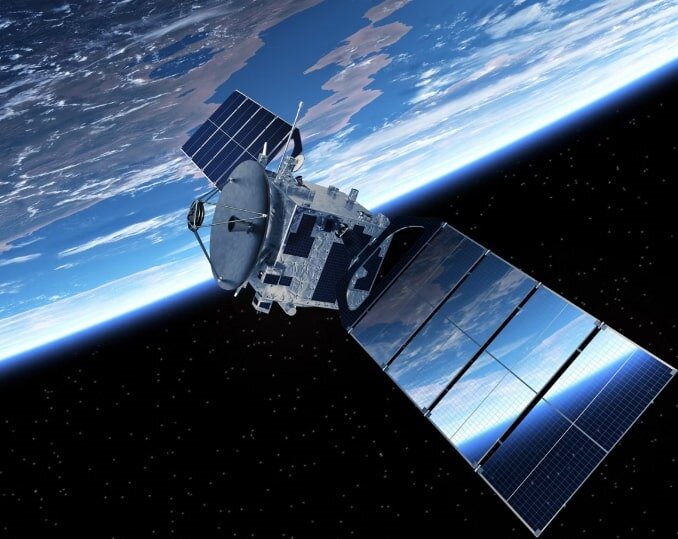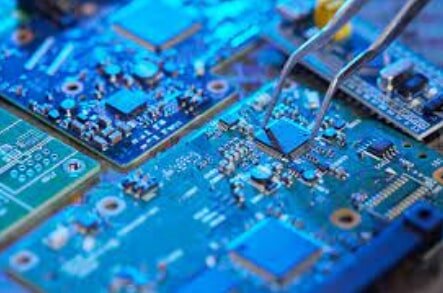Aerospace PCB assembly must meet stringent requirements, including high reliability and long service life. First, let's understand what is aerospace PCB?
Aerospace PCB is a printed circuit board used in aviation and spacecraft applications. It can be a PCB used for satellite and navigation systems, civil aviation, military aircraft or space shuttle electronic equipment. High Requirements and Solutions for PCB Boards in Aerospace
The aerospace industry has extremely strict requirements for electronic systems because these systems usually work in extreme environments such as high altitude, high speed, high vibration and high radiation. As the core component of the electronic system, the circuit board must meet these harsh conditions to ensure the overall performance and reliability of the system.

aerospace pcb assembly
High Requirements for PCB Boards in Aerospace:
1. Environmental Tolerance
PCB boards must be able to withstand extreme temperature ranges, from low to high temperatures, while also resisting environmental factors such as humidity and salt spray.
2. Mechanical Stability
Under conditions of high vibration and shock, PCB boards need to maintain structural integrity and stability of electrical connections.
3. Radiation resistance
In a radiation environment, the PCB board should not be disturbed and needs to have good shielding and radiation resistance.
4. Weight and volume
Aerospace equipment has strict restrictions on weight and volume, so the design of the PCB board needs to be as light and compact as possible.
5. Long-term reliability
PCB boards need to have a long service life.
Technical characteristics of aerospace PCB circuit boards
Aerospace PCB circuit boards not only have strict material selection, but also have unique design and manufacturing technologies, which are mainly reflected in the following aspects:
1. High-density interconnection technology: Aerospace electronic equipment has high requirements for the space utilization of PCB circuit boards, so high-density interconnection technology is often used, such as HDI (high-density interconnection) boards, buried blind hole technology, etc., to achieve higher line density and smaller volume.
2. Multilayer board technology: Multilayer board technology can increase the number of wiring layers of PCB circuit boards, improve wiring density and flexibility, and reduce signal transmission delay and interference. PCB circuit boards in the aerospace field often use multilayer board structures to meet complex circuit design requirements.
3. Flexible PCB circuit board: Flexible PCB circuit board has excellent flexibility, light weight and miniaturization characteristics, and can adapt to the compact space layout inside aerospace vehicles. In addition, flexible PCB circuit board also has good high and low temperature resistance, suitable for harsh aerospace environment.
4. Rigid-flexible PCB circuit board: Rigid-flexible PCB circuit board combines the advantages of rigid PCB and flexible PCB, with both high mechanical strength and electrical performance of rigid PCB and light weight and bendability of flexible PCB. This kind of PCB circuit board is suitable for aerospace electronic equipment that has strict requirements on weight and space and requires high mechanical strength.

PCBA
Special coating technology: In order to improve the corrosion resistance, wear resistance and electrical performance of PCB circuit boards, special coating technologies such as electroplating, spraying, chemical deposition, etc. are often used in the aerospace field. These coating layers can protect the surface of PCB circuit boards from environmental erosion and extend their service life.
PCB assembly is the process of producing printed circuit boards. It is a manufacturing technology that converts raw materials into PCB motherboards for electronic products. It is used in many industries, including the military and aerospace pcb assembly fields. Arospace pcb assembly requirements are very strict and no design or manufacturing defects are allowed. They include the ability to withstand harsh environments such as extreme temperatures and high radiation levels. PCBAs must also comply with industry standards such as IPC Level 3 and AS/EN 9100.
In today's electronics manufacturing industry, PCBA (Printed Circuit Board Assembly) manufacturing is a vital link. PCBA involves a series of key steps from circuit board design to assembly, each of which has an important impact on the quality and performance of the final product. As a leading PCB manufacturing company, iPCB has rich experience and expertise. We have advanced equipment and a professional team to meet the various needs of our customers. Whether it is small batch production or large-scale batch production, we can ensure the delivery of high-quality PCBA products. Welcome to contact iPCB to discuss more technology of aerospace pcb assembly.